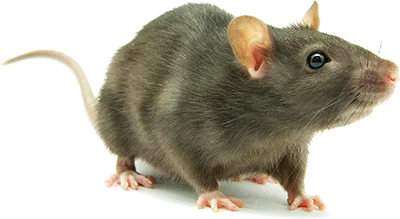Rodent Pest Control Service In Sydney
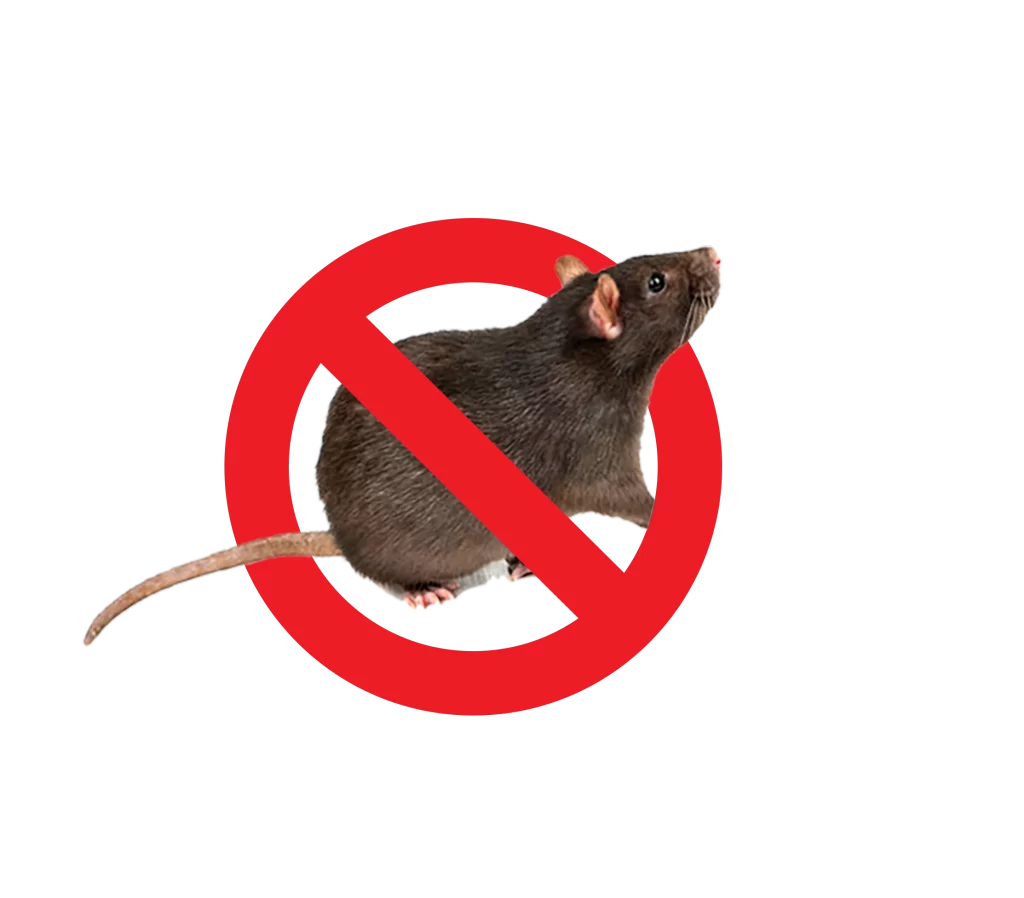
Get Rid of Rodents and Mice Quickly and Easily
Are you tired of rodents and mice invading your home or business in Sydney? You’re not alone. Rats and mice are a common problem in our beautiful city, causing health risks, property damage, and legal headaches. In this blog post, we’ll explore the importance of rat and mice control in Sydney, identify common rodent species, and discuss professional and DIY methods for tackling the issue. Let’s jump right into it!
On-Time Service
PET & FAMILY FRIENDLY RAT TREATMENT

ALL YEAR-ROUND RAT PROTECTION
REQUEST A QUOTE
8
REASON TO CHOOSE SAFE PEST CONTROL
- Guarantee protection all year-round
- 30 Years Collective Experience
- An impeccable reputation across Sydney's Suburbs
- Certified treatments & written Warranty On all work carried out
- Family Owned & Operated
- The Most Highly Rated Sydney Pest Controller
- No Mess, No Smell
- Family & Pet Friendly Treatments

100 +
Reviews
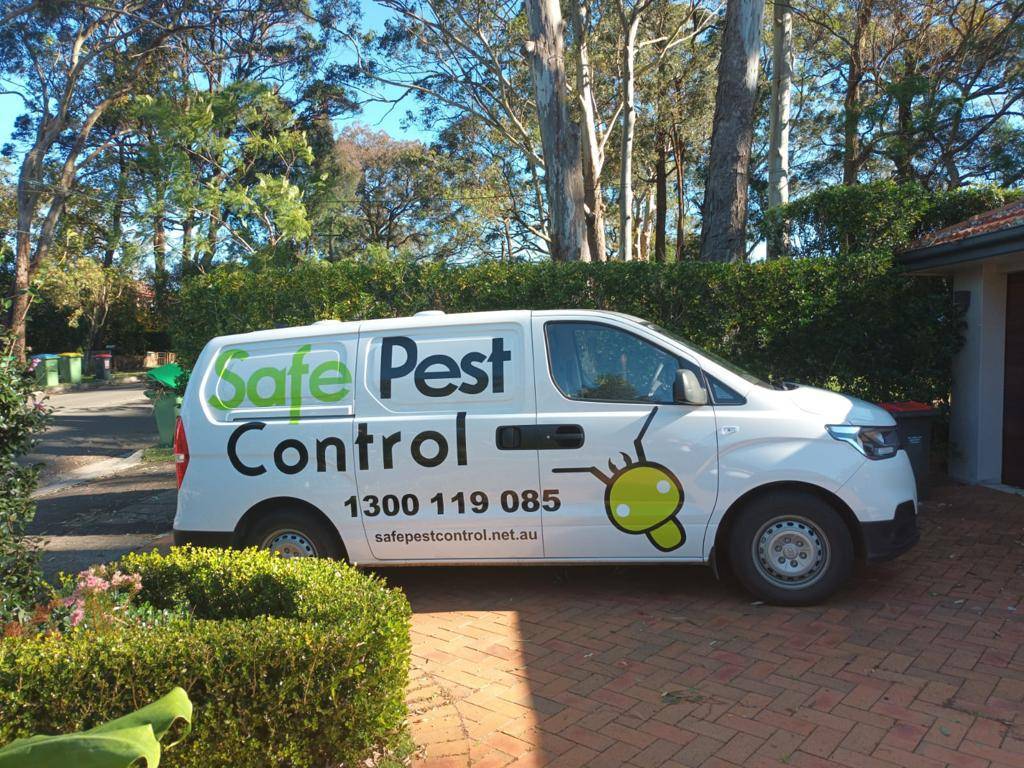
Rodent Infestation? Call The Experts Today!
OUR SYDNEY CUSTOMER FEEDBACK
Rat Control Services in Sydney: Effective Mice Control Treatment
Are you tired of rodents and mice invading your home or business in Sydney? You’re not alone. Rats and mice are a common problem in our beautiful city, causing health risks, property damage, and legal headaches. In this blog post, we’ll explore the importance of rat and mouse control in Sydney, identify common rodent species, and discuss professional and DIY methods for tackling the issue.
Identifying common rodent species in Sydney is essential for effective rat control.
Preventative measures, non-toxic methods, local regulations & guidelines should be followed to ensure successful results with minimal environmental impact.
Rodent control in Sydney for your home and business
Our trained technicians at Safe Pest Control Sydney take rodent control as a top priority in due to the potential health risks, property damage, and legal requirements associated with rodent infestations. Rodents such as common rats and mice, are known to carry diseases, contaminate our food sources, and cause significant damage to both residential and commercial properties. Mice control, in particular, is crucial for maintaining a healthy environment, since these small pests can transmit diseases and create unsanitary conditions.
Implementing effective rodent control measures mitigates these risks, ensuring a safe and clean property. Pest control services in Sydney are well-equipped to handle rodent extermination and help prevent future infestations, so don’t hesitate to reach out to a local technician if you suspect a rodent problem in your home or business.
Identifying Common Rodent Species in Sydney
Tackling a rodent infestation requires first identifying the type of rodents present. In Sydney, the most common culprits are:
Norway rats: brown, nocturnal, and can grow up to 30 cm in length, weighing up to 0.5 kg. These rats have a lifespan of 9-12 months.
Roof rats
House mice
Roof rats, on the other hand, are black and known for their excellent climbing abilities. They usually nest inside roof voids and other secure locations within buildings. Roof rats have a similar lifespan to Norway rats, measuring around 20 cm in length, which is a common characteristic of the roof rat and Norway rat species.
Lastly, here are some key characteristics of the house mouse:
They are grey or brown in color
They can be found both indoors and outdoors, often near human dwellings
The average lifespan of the organism is 12 months
This species can reach a length of up to 10 cm
Recognizing the rodent species present among these common species prepares you to address any potential infestations on your property.
Signs of a Rodent Infestation
Early detection of a rodent infestation is key to effective pest control. Some common signs of infestations include:
Rodent droppings: Rat droppings are typically glossy black and measure approximately 1/2 to 3/4 of an inch in length, while mouse droppings resemble a grain of rice and measure between 3/16 to 1/4 inch long. The color of the droppings may darken when fresh and turn grey as they dry.
Gnaw marks
Nesting materials
Pest control specialists in Sydney often conduct nighttime inspections to directly observe rodent activity, as these pests are more active during the night. Keep an eye out for these signs and contact a pest control professional if you suspect an infestation. This will allow you to address the issue quickly and prevent further property damage.
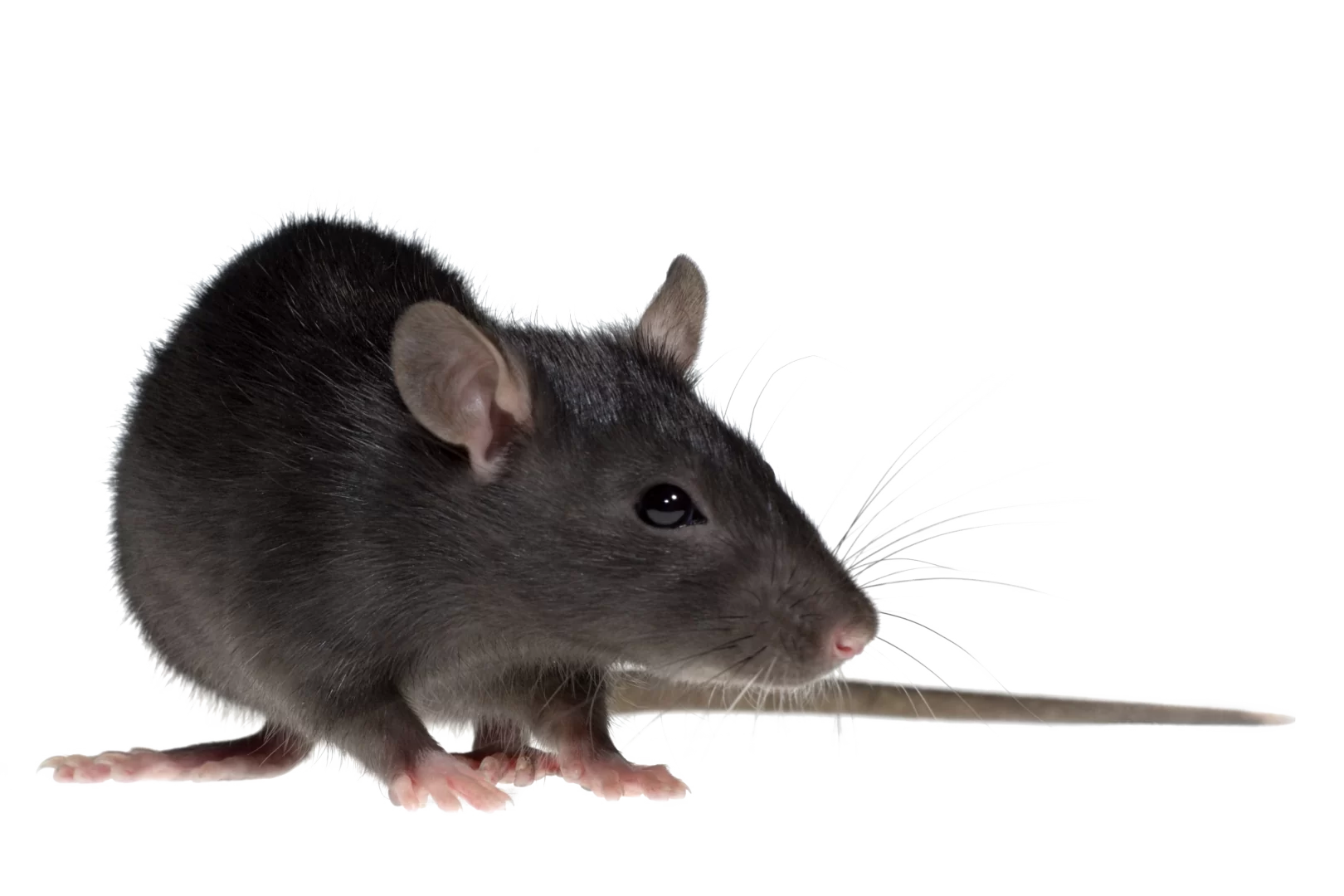
Roof Rat
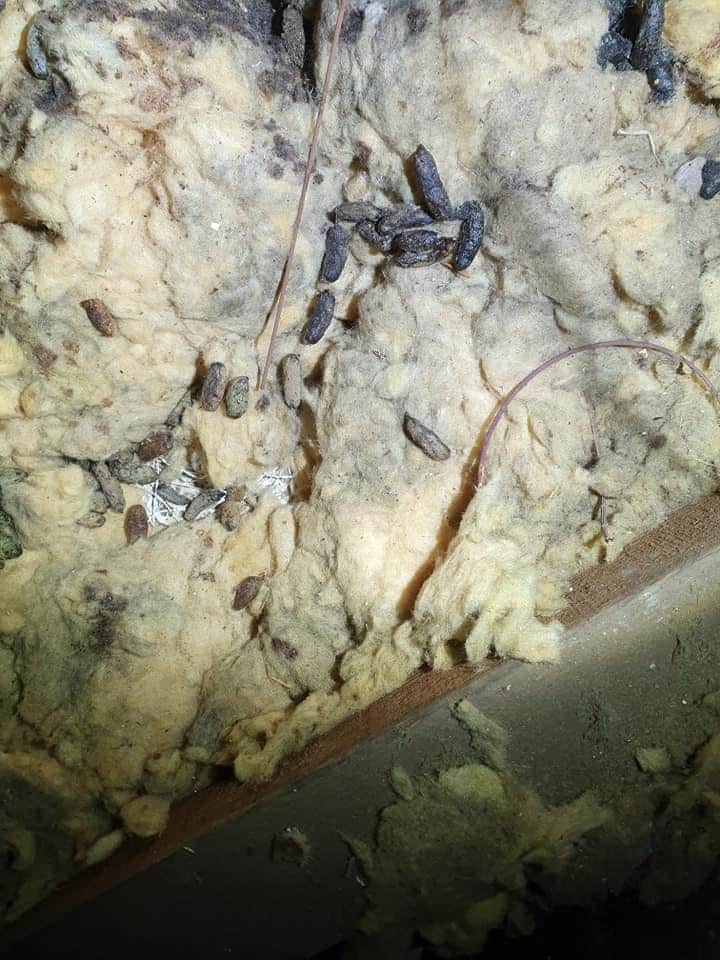
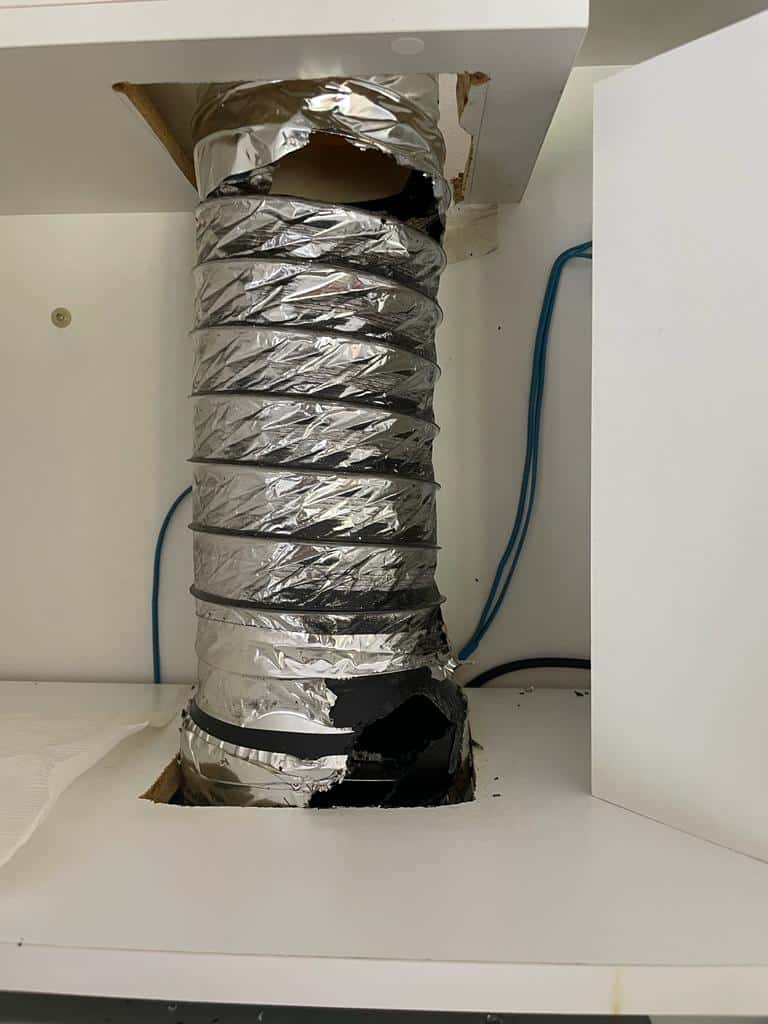
Rodent pest control in Sydney for your home
Our Professional Safe Pest Control Sydney team offers comprehensive solutions and effective methods for rat and mouse control, including inspection, treatment, and ongoing prevention. These experts employ a strategic approach to identify, target, and eliminate rat and mice infestations using safe and environmentally friendly products. For the best results, consider hiring a reputable pest control Sydney company to handle your rodent and pest problems here.
The following subsections detail the services provided by professional pest control companies.
Inspection and Assessment
A thorough inspection and assessment of other pests on your property are the first steps in addressing a rodent infestation. Pest control specialists in Sydney will visit your property and conduct an inspection to:
Determine the type of rodent
Assess the extent of the infestation
Identify any property damage
Locate any nests
They may even employ the most up-to-date digital technology for rodent detection.
Once the pest control experts identify the type and severity of the pest infestation, they can develop an effective treatment plan tailored to your specific situation. This ensures that your property receives the most appropriate and efficient rodent control measures available.
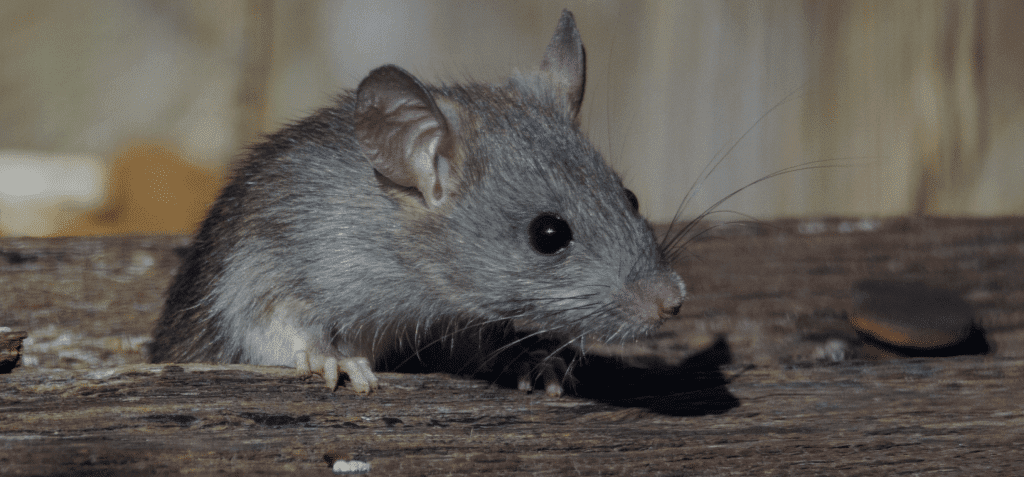
Customised Treatment Plans
Once the inspection and assessment are complete, Safe pest control professionals will develop a customized treatment plan to effectively eliminate the rodent infestation. This rodent extermination plan may involve using a combination of methods and products to control rodents, such as traps, baits, and tracking powders or gels.
Following the recommendations of Safe pest control experts is crucial, especially when placing baits or traps in areas where rodents are active. Additionally, be mindful of placing tracking powders and gels in areas where rodents may transport the poison into the house or where food is stored. Adhering to these guidelines ensures the safety of your family and pets while effectively addressing the rodent problem.
Ongoing Prevention and Monitoring
Ongoing prevention and monitoring services are essential for maintaining long-term protection against mice and rodent infestations in Sydney. Pest control companies offer these services to guarantee sustained protection and address any potential issues that may arise in the future.
A comprehensive monitoring plan should include:
Regular property assessments
Secure bait station installation and maintenance
The use of cutting-edge technology
A holistic pest control approach
Enlisting the help of professional rodent pest control services, including rodent control services, for ongoing rodent extermination, prevention and monitoring ensures a rodent-free and safe environment for all inhabitants. Read more about Types of rats in Sydney.
WE ARE HERE MON-SAT 8AM TO 5PM, CALL US NOW
DIY Rat Control Methods for Sydney Residents
If you prefer to tackle your rodent problem on your own, there are various DIY rat control methods available, such as traps, baits, and natural repellents. Snap traps and glue boards are popular solutions for catching rodents. When using snap traps, you can use bait like bacon, fish, or nuts to lure the rodents. Glue boards should be placed in an area where dust particles cannot accumulate on the surface, ensuring that the rodents will stick to the board.
Another option for DIY rodent control is using non-toxic baits. The new clash mice trap, for example, utilizes non-toxic baits to attract mice into a box where they are electrocuted and deposited into a disposable tray. This tray can accommodate up to liquid baits for 25 mice, providing a convenient and safe way to dispose of the mice without coming into contact with them.
Although DIY rat control methods can be an effective solution, remember that professional pest control services can address rodent infestations with more efficiency and safety due to their knowledge and expertise. If you’re unsure about handling the issue yourself, don’t hesitate to reach out to a local pest control expert for assistance.
Preventative Measures for Rodent Control in Sydney
Preventative measures are key to keeping rodents at bay and maintaining a pest-free environment. Proper sanitation, proofing, and habitat modification can help reduce the likelihood of rodent infestations in Sydney. To prevent rodents from entering your property, make structural modifications to the building, such as sealing any cracks or holes, and avoid using materials like plastics and wood, which rodents can easily chew through. 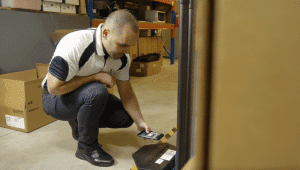
Additionally, maintaining commercial property to a high level of hygiene is essential for controlling and preventing rodents. This may involve changing bins to ones with secure lids, performing a thorough clean-up of rubbish, and trimming overgrown weeds around the building.
Implementing these preventive measures protects your property from rodents and maintains a pest-free environment.






The Environmental Impact of Rodent Control Methods
Traditional rodent control methods involve the use of toxic chemicals and harmful traps. These potentially put humans, pets, and the ecosystem at risk. Rodenticides can seep into food and water sources, introducing toxins that can be harmful to the environment. This may then contaminate food and lead to secondary poisoning of other animals. Rodents that become trapped can die in places that are difficult to access. This leads to unpleasant odours and the possibility of other pests being attracted..
Non-toxic rodent control methods prioritize safety. This reduces the risk of poisoning or injuries to family, pets, and staff. Moreover, they are also environmentally friendly, preserving the ecosystem and reducing the risk of secondary poisoning of other animals.
For example, Selontra’s rapid metabolism of cholecalciferol ensures that it does not bioaccumulate or persist in the environment. By choosing eco-friendly and non-toxic solutions for rat control in Sydney, you can effectively address your rodent problem while minimizing the environmental impact.
Local Regulations and Guidelines for Rat Control in Sydney
Awareness of local regulations and guidelines for rat and rodent pest control, in Sydney is necessary for compliance with legal requirements and best practices in rodent management. The City of Sydney is responsible for monitoring rat control regulations, prioritizing rodent pest control issues in public areas rather than residential ones. For more information on these regulations, visit the City of Sydney website. 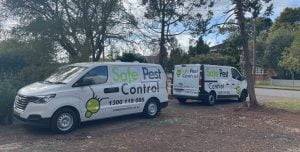
Legal requirements for pest control in Sydney include taking preventative measures to restrict pests from entering food premises, acquiring a Pest Management Licence (PMT) for pest management businesses, and securing a licence to perform prescribed pesticide work. Moreover, landlords are responsible for providing a clean and habitable premises free from pests, and it’s recommended to adhere to end-of-lease pest control policies before renting a property.
Non-compliance with rat control regulations in Sydney may result in a maximum penalty of 100 penalty units. Staying informed about local regulations and guidelines helps ensure that your property remains compliant and free from rodent infestations.
In summery mouse control is an important issue in Sydney, given the potential health risks, property damage, and legal requirements associated with rodent infestations. By identifying common rodent species, detecting the signs of rodent types and infestations early, and employing professional or DIY rodent control methods, you can effectively tackle this problem. Moreover, implementing preventive measures and following local regulations and guidelines will help you maintain a rodent-free environment. Don’t let rats and mice ruin your property – take action today and keep your home or business safe and clean.
Frequently Asked Questions About Rat Pest Control
How do I get rid of rats in Sydney?
Eliminate debris and woodpiles that can become nesting sites for rats and mice. Maintain your garden to avoid harbouring pests. Use bait and rat traps to rid your home of these rodents.
What is the best method for rat control?
For the best rat control, traps baited with peanut butter are an effective and humane way to quickly get rid of rats. Be sure to protect the traps from other animals by placing them in a box or under a milk crate. Additionally, be sure to always dispose of the dead rat safely
Will pest control get rid of rats?
Safe Pest Control Sydney offers a one-time treatment guarantee to effectively get rid of rats.
Should I Be Worried About Rats in My Roof?
Yes, rats in your roof can cause significant damage and pose health risks. They can chew through wires, insulation, and wood, potentially leading to structural damage and fire hazards. Additionally, rats can spread diseases and contaminate your living spaces with droppings and urine. If you suspect a rat infestation in your roof, it’s crucial to contact a professional pest control company to address the issue as soon as possible.
What are some common signs of a rodent infestation?
Gnaw marks, rodent droppings and nesting materials are all indicators of a rodent infestation in your home.
What are the most common rodent species in Sydney?
Sydney rats such as Norway rat, Rattus rattus, and house mice are the most common rodent species in Sydney, making up the majority of the rodent population in the city.

Highly Trained

Proof of Location

Compliance

Proof of work


